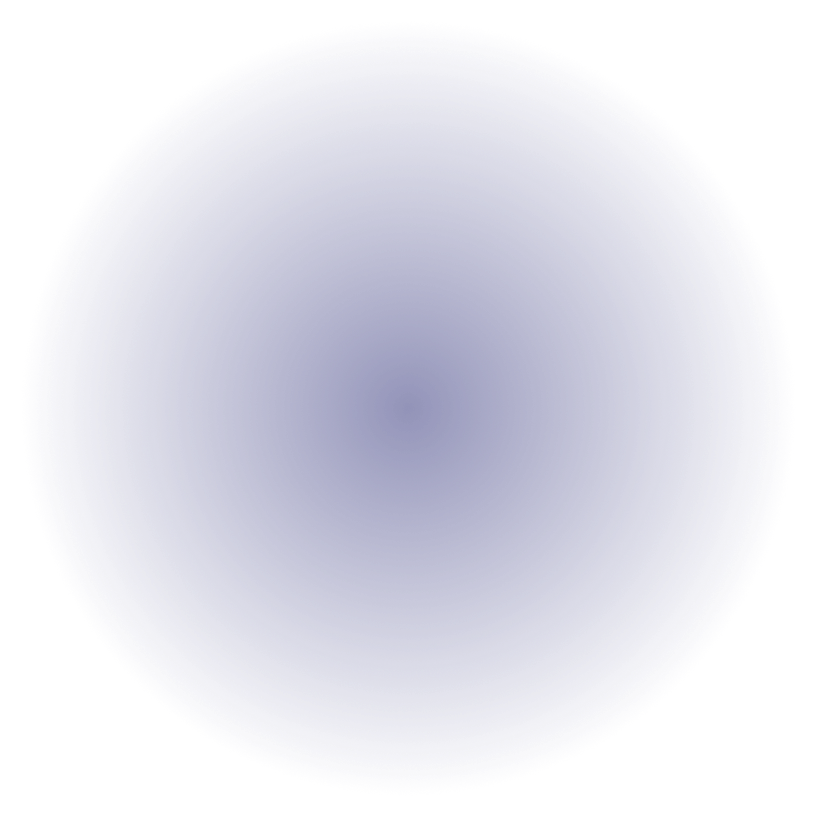MIL-W-4088 Webbing


Precision with ACW Weaving
- Avoid back orders, quick turnaround times
- Precise color matching
- No minimum order requirements
- US & Overseas supplied solutions
Applications of MIL-W-4088
MIL-W-4088 is a versatile material widely used in various industries due to its wide range of properties. This article explores the applications and manufacturing process of MIL-W-4088, shedding light on its significance in different sectors.
Military Use
MIL-W-4088 webbing is extensively used in military applications, including parachute harnesses, cargo netting, straps, tactical vests, backpacks, and carrying handles. It’s available in federally approved and PMS colors, meeting strict military specifications.
Safety Harnesses
This webbing is ideal for safety harnesses used in fire and rescue, construction, industrial work, and recreational activities. It meets design, abrasion resistance, and comfort standards, ensuring durability and reliability.
Aerospace Industry
In aerospace, MIL-W-4088 webbing is employed for securing cargo, harnesses, safety nets, and load-bearing components. Its chemical stability and resistance to wear and tear make it suitable for critical aerospace applications.
Automotive Industry
The webbing’s mechanical properties make it valuable in the automotive sector for safety harnesses, seatbelts, and cargo tie-downs. Its resistance to oils, fuels, and chemicals ensures safety and durability in vehicles.
Transportation and Cargo
Although polyester webbing is commonly used, MIL-W-4088 webbing is utilized in cargo securing systems, including tie-down straps and cargo nets for trucks, ships, and aircraft. Its high tensile strength guarantees secure cargo transportation.
Medical Devices
This webbing is suitable for medical devices and patient restraints, such as patient slings, braces, and surgical equipment, due to its biocompatibility and strength.
MIL-W-4088 webbing’s versatility and durability make it an essential material in multiple industries, where robust, high-performance webbing is required for various applications.
Don’t Take Chances
Remain confident that all specific requirements and call outs will be met. Your needs for strength, construction, tolerances, reliability, durability, and timely delivery are important. Compromise none of them when you work with ACW.
Manufacturing Process of MIL-W-4088
Selection of Raw Materials
Furthermore, in order to be considered MIL-W-4088, all yarn selected must be berry compliant and all of the following steps must be performed in the US.
ACW’s FireLoc® plastic buckle line is designed and manufactured for high heat applications using a proprietary heat stabilized molded plastic.


Weaving
The prepared warp (yarns that run lengthwise) and weft/fill yarns (yarns that run perpendicular) are fed into a shuttle loom (critical use applications) or shuttleless loom (Non-Critical use) from either yarn beams or through a creel system that is attached directly behind the loom which feeds yarn continuously. The weaving process interlaces these yarns at angles, creating the characteristic pattern of the webbing. The exact weaving pattern must adhere to the specifications outlined in MIL-W-4088, which may include factors such as the number of picks and ends per inch.
Dyeing
The webbing must be dyed to color unless ACW uses solution dyed yarn which adds color to the yarn prior to weaving through an extrusion process. Dying occurs after the webbing is woven and the webbing goes through a dyeing process to achieve the desired color. Dyeing is often performed in large continuous dyeing machines. The choice of dye types and combination of colored dyes and the specific dyeing process will depend on the material, construction, and the color requirements outlined in the MIL-W-4088 specification.
Finishing: (After Dyeing)
The webbing is then finished to meet the necessary specifications and performance requirements. This includes processes such as heat-setting to stabilize the fabric, applying coatings or topical treatments (Stiffening agents) for added durability or water resistance, and ensuring that the webbing meets any standards outlined in MIL-W-4088.
Packaging
Once the webbing passes all quality checks and meets the specified requirements, it is cut into rolls or lengths as per customer orders and requirements of the specification. It is then packaged and prepared for shipping.
The MIL-W-4088 webbing manufacturing process is highly regulated and requires adherence to stringent quality standards to meet the needs of military applications.


MIL-W-4088 webbing, with its exceptional properties and versatility, plays a crucial role in various industries.
Its applications in aerospace, automotive, tactical and industrial manufacturing highlight its significance. The well-defined manufacturing process ensures the production of high-quality webbing meets stringent industry standards. As industries continue to advance and demand materials with superior properties, MIL-W-4088 will likely remain a sought-after material. Ongoing research and development efforts aim to further enhance its characteristics and explore new applications. The versatility, reliability, and performance of MIL-W-4088 make it an indispensable material in various sectors, contributing to the advancement and success of numerous industries.

MIL-W-4088 webbing, with its exceptional properties and versatility, plays a crucial role in various industries.
Its applications in aerospace, automotive, tactical and industrial manufacturing highlight its significance. The well-defined manufacturing process ensures the production of high-quality webbing meets stringent industry standards. As industries continue to advance and demand materials with superior properties, MIL-W-4088 will likely remain a sought-after material. Ongoing research and development efforts aim to further enhance its characteristics and explore new applications. The versatility, reliability, and performance of MIL-W-4088 make it an indispensable material in various sectors, contributing to the advancement and success of numerous industries.



